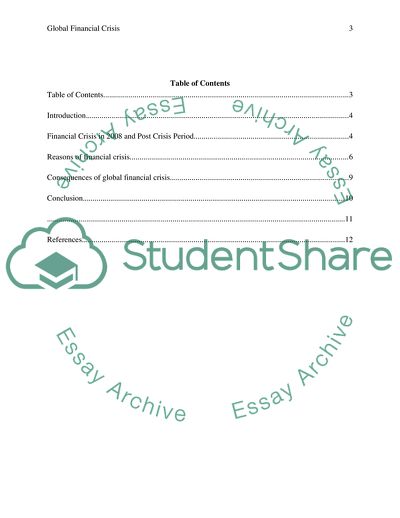Cite this document
(Global Financial Crisis Essay Example | Topics and Well Written Essays - 2500 words, n.d.)
Global Financial Crisis Essay Example | Topics and Well Written Essays - 2500 words. https://studentshare.org/finance-accounting/1877487-global-financial-crisis
Global Financial Crisis Essay Example | Topics and Well Written Essays - 2500 words. https://studentshare.org/finance-accounting/1877487-global-financial-crisis
(Global Financial Crisis Essay Example | Topics and Well Written Essays - 2500 Words)
Global Financial Crisis Essay Example | Topics and Well Written Essays - 2500 Words. https://studentshare.org/finance-accounting/1877487-global-financial-crisis.
Global Financial Crisis Essay Example | Topics and Well Written Essays - 2500 Words. https://studentshare.org/finance-accounting/1877487-global-financial-crisis.
“Global Financial Crisis Essay Example | Topics and Well Written Essays - 2500 Words”. https://studentshare.org/finance-accounting/1877487-global-financial-crisis.


